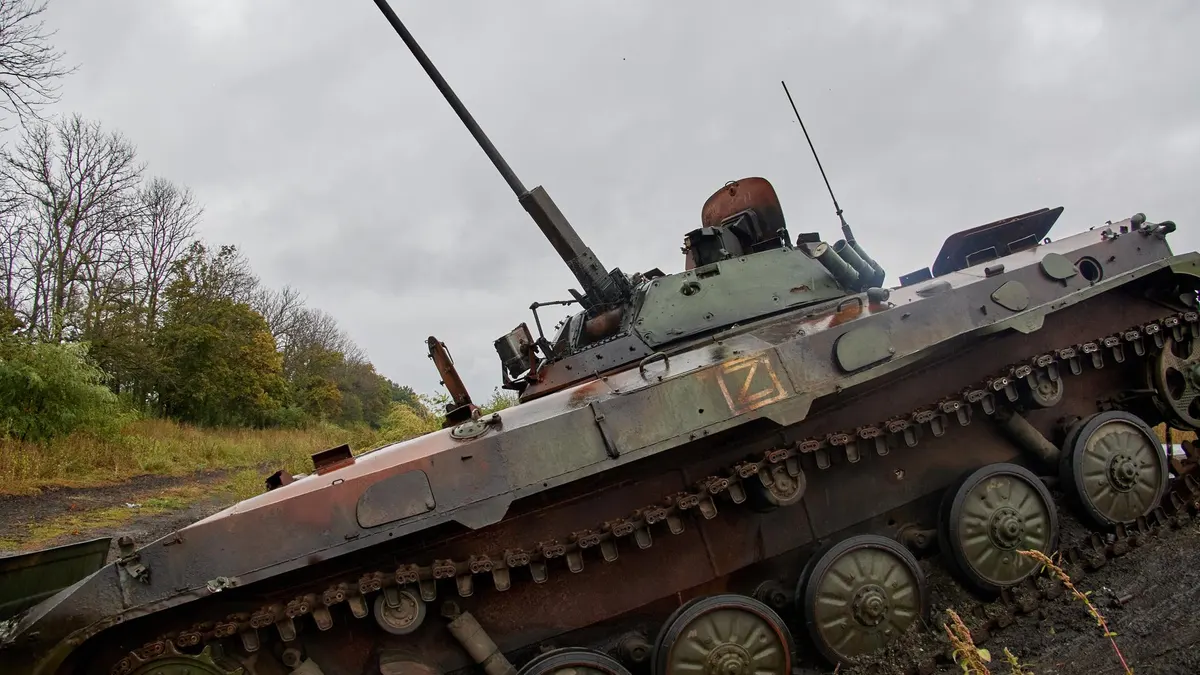
At least three people have died and four others were injured this Friday in the Kherson region, southern Ukraine, in Russian attacks with cluster munitions launched from the eastern bank of the Dnieper River.
This was indicated on his social networks by the head of the Ukrainian presidential office, Andrí Yermak. “The Russians have bombed Chornobaika, in the region of Kherson. At the moment we know that cluster munitions were used for the bombing,” he denounced, in a brief message in which he also detailed the toll of fatalities and injuries.
Unlike other projectiles, cluster or fragmentation bombs spread smaller submunitions that cause damage over a wider area than that of the initial explosion.
According to the head of the Military Administration of the Kherson region, Oleksandr Prokudin, Russia launched a total of 119 attacks against areas of Kherson under the control of the Kyiv Government.
What are cluster bombs?
Cluster bombs are banned in more than a hundred countries due to the great danger they pose to the civilian population and their indiscriminate nature, although in the war in Ukraine they have been used by both sides. Specifically, they consist of a container that opens in the air and disperses a large amount of explosive submunitions over a wide area.
In 2008, the Convention on Cluster Munitions, an international treaty to prohibit their use and manufacture, which came into force in 2010. According to the text, the remains of these bombs “kill and maim civilians, including women and children”, “prevent post-conflict rehabilitation and reconstruction” and ” delay or prevent the return of refugees. More than a hundred countries have ratified or at least signed the Convention, including several NATO members such as the United Kingdom, France, Germany and Spain.
However, last July, the United States announced that would send cluster bombs to Ukraine as part of a military aid package, a decision criticized by allied countries such as Germany and organizations such as Human Rights Watch.
Source: Lasexta
Ricardo is a renowned author and journalist, known for his exceptional writing on top-news stories. He currently works as a writer at the 247 News Agency, where he is known for his ability to deliver breaking news and insightful analysis on the most pressing issues of the day.












